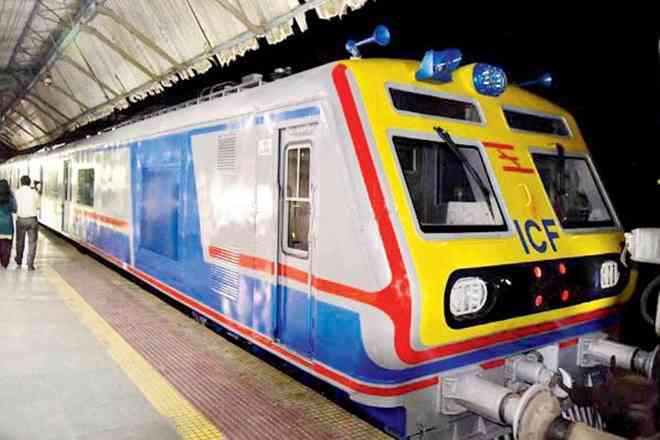The primary goal of Mumbai’s Metro 3 corridor is to revolutionize long-distance travel for the city’s commuters. By offering a fast, reliable, and comfortable alternative to the often congested roadways.
Mumbai is on the brink of a major transformation in its public transportation system with the launch of its first underground metro line. The Mumbai Metro Rail Corporation Ltd (MMRCL) is set to inaugurate Phase I of the Metro 3 corridor, which will connect Aarey to the Bandra Kurla Complex (BKC). This 12-kilometre stretch marks a significant milestone in Mumbai’s urban development, offering a faster and more efficient travel option for long-distance commuters.
Read More: Atishi to Take Oath at Raj Niwas Today, Set To Become Delhi’s Youngest Chief Minister | Updates
The project, with an investment of approximately Rs. 38,000 crore, is expected to drastically improve the daily commute for thousands of Mumbaikars by reducing travel time and easing congestion on the roads. The official inauguration is anticipated to take place in the first week of October 2024, with Prime Minister Narendra Modi likely to officiate the event. The inauguration is expected to occur between October 3 and 5, with October 4 being the most probable date. Following the inauguration, the line will be opened to the public, marking a new era in Mumbai’s transportation history.
Mumbai Metro 3 Phase I: Connecting Key Suburbs
Phase I of the Metro 3 project connects the western suburbs, while the forthcoming Phase II will extend the service to central Mumbai and the island city. Upon full completion, the 33km corridor will connect Mumbai’s southern, central, and western regions, enhancing overall urban mobility.
Mumbai Metro Phase 3 Routes and Key Stations
Phase 1 of Metro 3 will connect several key areas in Mumbai. The route includes ten stations, Aarey Colony, SEEPZ, MIDC, Marol Naka, Chhatrapati Shivaji Maharaj International Airport Terminal 2, Sahar Road, Chhatrapati Shivaji Maharaj International Airport Terminal 1, Santacruz, Vidyanagari, and BKC.
MMRCL anticipates that both phases of the project will serve around 1.7 million commuters daily. Trains are expected to run every three to four minutes, accommodating at least 2,500 passengers per train.
Read More: US Passport renewal online fee, appointment, application: Big changes announced. Details here
Mumbai Metro Phase 3 fare
The fare system for Mumbai’s Metro 3 corridor, though not yet finalized, is expected to feature an open-loop automated fare collection system. This system will allow passengers to pay for their journeys using contactless pre-paid and post-paid smart cards issued by partnering banks. Additionally, only RuPay debit and credit cards will be accepted for fare payments, ensuring a streamlined and modernized payment experience for commuters.
The primary goal of Mumbai’s Metro 3 corridor is to revolutionize long-distance travel for the city’s commuters. By offering a fast, reliable, and comfortable alternative to the often congested roadways, the Metro 3 line is poised to significantly reduce travel times across key areas of the city. This ambitious project not only aims to ease traffic congestion but also to enhance the overall quality of life for Mumbai’s residents by providing a more efficient mode of transportation.





































